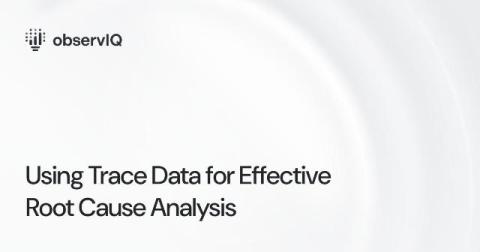Bindplane Winter 2025 Release
Winter has fully set in at Bindplane’s Michigan-based headquarters, but we’re keeping warm with the excitement from this piping-hot announcement and accompanying release. It’s just the thing to ignite the hearts, minds, and typing fingers (?) of our team and observability professionals as we kick off 2025.











